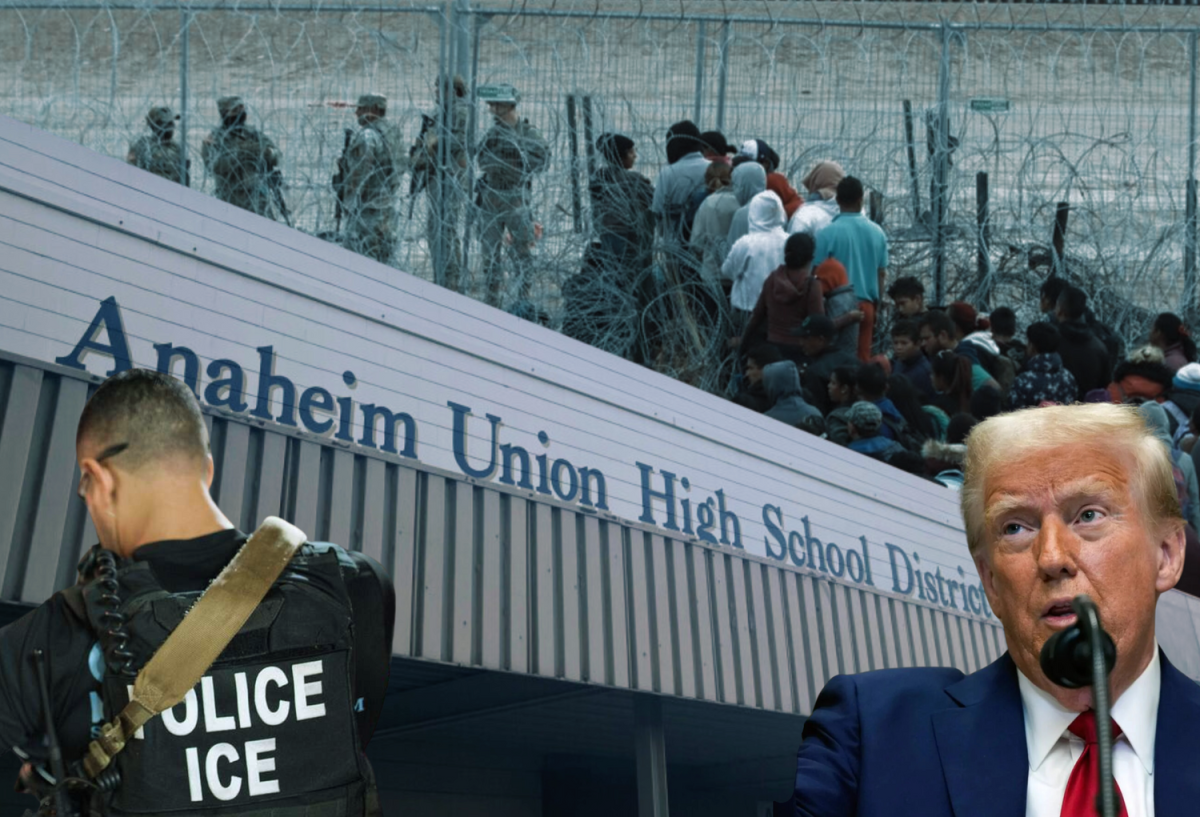Following his 2024 Presidential election win against Vice President Kamala Harris, former President Donald Trump is poised to implement policies in his second term that address key promises from his campaign, focusing especially on the economy, reproductive rights, immigration, and foreign policy. While Trump has not explicitly outlined his entire agenda, he has alluded to several policies he plans to establish upon entering the Oval Office in January.
Tariffs on Foreign Goods
Trump’s economic plan largely involves placing tariffs on foreign goods imported into the U.S. The president-elect vows to impose a 25% tariff on products imported from bordering Canada and Mexico, as well as a 70% tariff on goods from China, an additional 10% from his originally stated plan.
When tariffs are enforced, companies that import foreign goods must pay the tax to the federal government. With a steep tax to pay, companies pass on the costs to consumers by raising the prices of their products, hoping to maintain their profit margins amidst the tariff. Considering the large number of companies that produce in China and Mexico, consumer prices are expected to rise with Trump’s tariffs, especially within the apparel, electronics and automobile industries. Companies such as AutoZone and Black & Decker have already vowed to raise prices if he proceeds with his plans.
Trump’s tariffs aim to protect American manufacturers and promote domestic productivity. However, he also believes they will exert economic pressure on both Canada and Mexico to engage in more decisive action against the influx of illegal immigration and drug trafficking coming into the U.S.
“This Tariff will remain in effect until such time as Drugs, in particular Fentanyl, and all Illegal Aliens stop this Invasion of our Country!” Trump said on his social media platform, Truth Social.
Former President Donald Trump is poised to implement policies in his second term that address key promises from his campaign, focusing especially on the economy, reproductive rights, immigration, and foreign policy. While Trump has not explicitly outlined his entire agenda, he has alluded to several policies he plans to establish upon entering the Oval Office in January.
The tariffs, however, are widely opposed by economists, many of whom believe they are ineffective in promoting long-term economic growth. An economic analysis from the Center for American Progress projects that they would raise annual costs for the average U.S. family by $1,300.
Reproductive Rights
Following the Supreme Court overturning of Roe V. Wade in 2022, abortion access in the country quickly became a driving issue of the Presidential election. Earlier in March, Trump supported a 15 week nationwide abortion ban with exceptions for rape, incest and cases in which a mother’s life was at risk. He has since changed his position, now vowing to let individual states decide on whether abortion access should be legal.
While experts believe an nationwide abortion ban is unlikely, Trump could impose several restrictions to limit access to abortion pills, which constituted 63% of all abortions in 2023 (Guttmacher Institute). Trump’s appointees within the U.S. Food and Drug Administration (FDA) could reinstate a requirement that abortion pills be distributed in person, or revoke licensing of the medications. His Justice Department could also reinforce the Comstock Act of 1873, which once prohibited mailing and receiving abortion medication or equipment used in abortion procedures. If enacted, violating the law would result in up to five years in prison.
Immigration
Trump intends to confront illegal immigration with a mass deportation plan that involves employing military and law enforcement to detain undocumented immigrants, place them in temporary detention facilities to evaluate their individual cases, and later fly them to their countries of origin. Aides to the Trump administration have stated they will focus on migrants that have criminal records, but plan to deport those with clean records, as well.
Trump’s mass deportation strategy would cost an estimated $88 billion dollars per year, according to the American Immigration Council. However, Trump is adamant on following through with the plan, suggesting military funds could be utilized to support deportations. The plan may still need extra spending to be approved by Congress.
Although Trump has already begun to nominate several people for critical positions in his cabinet, his official plans for his second term are expected to fully materialize once he assumes the presidency in late January.



























































